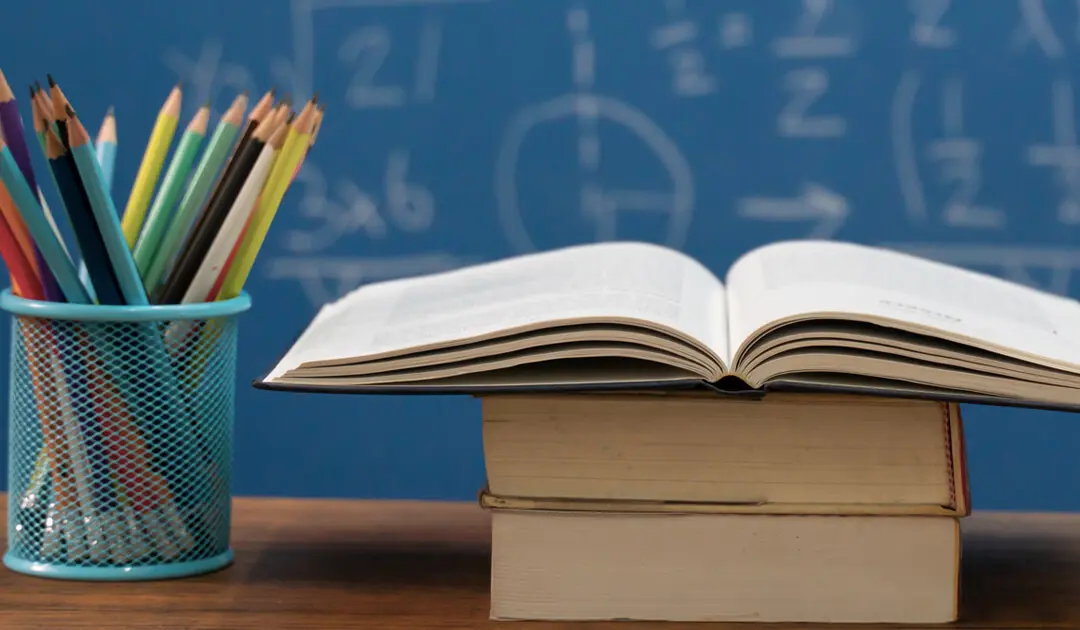Improving School Culture With Restorative Justice

"We have been working really hard to basically move away from a zero-tolerance strategy . . . [and create a] culture that is about healing from harm and restoring a sense of relationship."
In a Christian Science Monitor article, Tony Smith, superintendent of the Oakland Unified School District in Oakland, CA, describes his district’s shift toward a restorative approach to improving school culture.
Restorative justice is helping schools better their approaches to discipline, and it’s teaching kids how to handle things. The student-centered program has helped the Ralph J. Bunche Academy reduce suspensions by half. Key to the program is a trauma-informed consideration of students’ experiences and the factors that influence their attitudes and behaviors.
The article discusses restorative justice approaches such as:
- Establishing rapport with students
- Gaining their trust
- Holding them responsible for their actions
- Helping them repair broken relationships
Talking is paramount to this approach to helping kids solve problems. Check out “Enhancing Respectfulness Through Restorative Practices” to learn about restorative circles, used within the Horicon Van Brunt Elementary and Middle School in Horicon, WI. Talking circles help students:
- Understand the effects of their behavior
- Learn how to resolve conflict
- Heal harm done to peers and the school community
Restorative circles also help schools support antibullying programs and develop solutions for other risk behaviors.
Schedule a Consultation
Learn how CPI’s training programs can benefit your organization.
Let's Connect